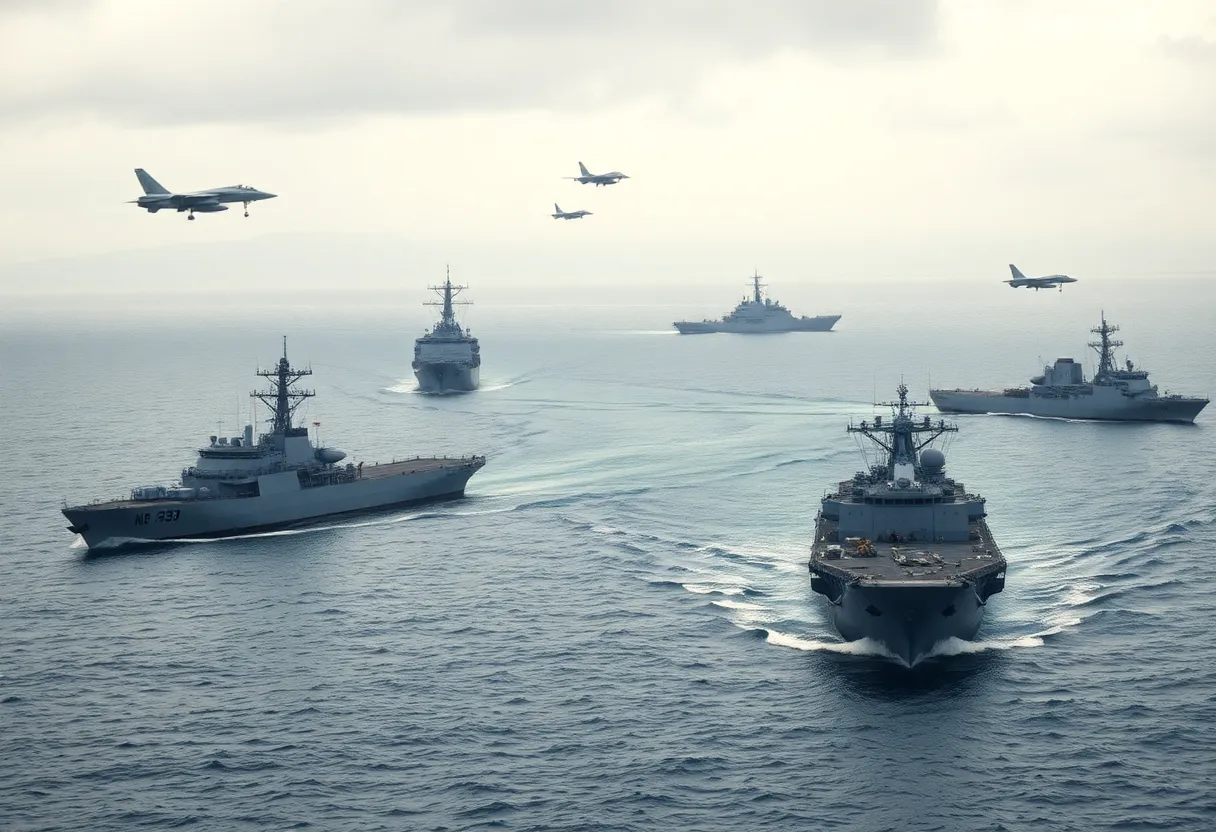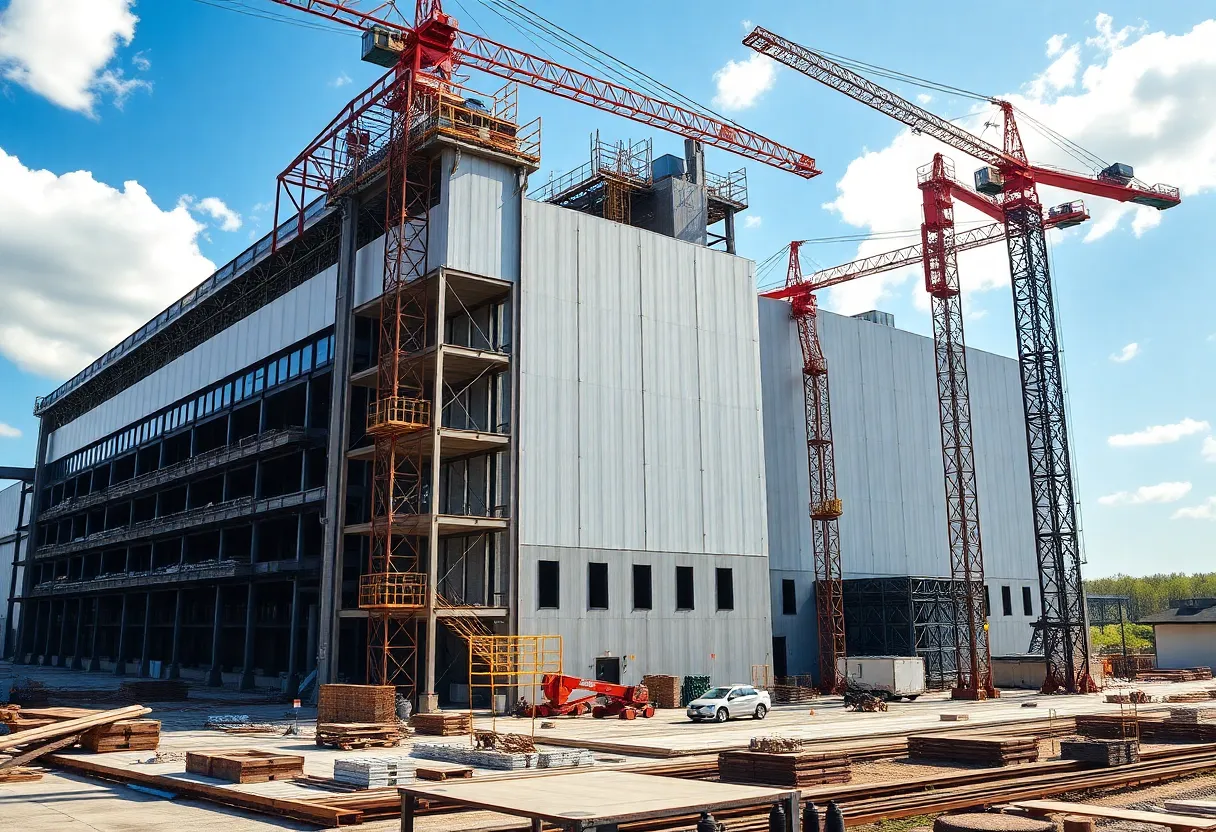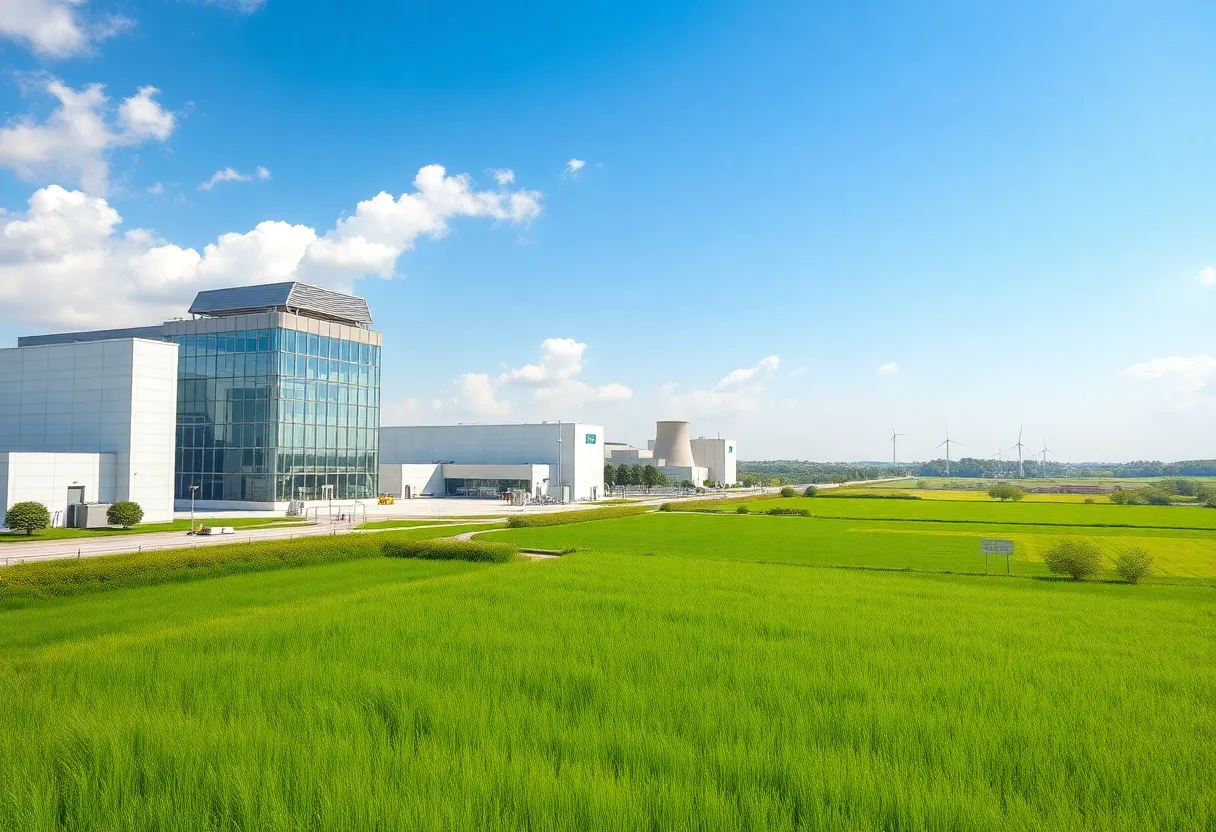News Summary
Recent military exercises conducted by China’s armed forces near Taiwan have escalated tensions in the region. The maneuvers, which included a fleet led by an aircraft carrier, are seen as a warning against any moves towards Taiwanese independence. Taiwan’s Ministry of National Defense reported a significant tracking of Chinese naval vessels and increased military readiness, amidst concerns about potential surprise attacks. With the United States closely monitoring the situation, the implications of these drills extend beyond Taiwan, involving regional security dynamics with neighboring countries.
China’s Military Maneuvers Around Taiwan: What’s Happening?
On Tuesday, the Chinese military kicked off some major military exercises around Taiwan, and it’s got everyone talking. The drills, involving a fleet led by an aircraft carrier, were labeled as a “severe warning” against Taiwan’s independence moves. Despite the seriousness of the situation, these maneuvers came without any warning and didn’t even have a fancy operational name!
A Tense Situation
So, here’s the scoop: China firmly believes that Taiwan is part of its territory and has made it clear that if Taiwan tries to declare formal independence, they won’t hesitate to use force. Interestingly, most people in Taiwan appear to be on board with the idea of independence. As you can imagine, this has created quite a stir.
The Bigger Picture
Any conflict that bubbles up involving Taiwan could draw in the United States because of existing alliances and legal commitments. This makes the stakes even higher, as Taiwan’s Presidential Office recently condemned China’s military posturing, emphasizing regional peace and security. They’re not just worried about their backyard—China’s military drills also extend to regions near Australia, New Zealand, Japan, Korea, the Philippines, and beyond.
What’s Being Seen?
In just a single day, Taiwan’s Ministry of National Defense tracked a staggering 19 Chinese navy vessels circling around the island. The Chinese Shandong aircraft carrier group even entered Taiwan’s air defense identification zone, which is essentially a self-made area for military monitoring. This kind of activity from Beijing has been ramping up in recent years, with more frequent flights and naval movements directed toward Taiwan.
Heightened Alerts
Officials in Taiwan are understandably on edge. Concerns about possible surprise military attacks, disguised as drills, have led to increased vigilance and military readiness. Taiwan’s Defense Minister has called out China’s actions, claiming they negatively impact the peace and stability of the region.
Timing Matters
It’s worth noting that these drills come just a couple of weeks after another round of exercises in mid-March, which showcased significant drone and ship activity. China’s Taiwan Affairs Office has pointed fingers at Taiwan’s pro-independence leadership for these tensions, insisting they won’t tolerate any separatist movements.
Strengthening Defenses
In light of these escalating threats, President Lai of Taiwan recently rolled out a plans to enhance national security, including stricter immigration rules for Chinese nationals and military trials for espionage cases. It’s clear that Taiwan is working hard to bolster its defenses.
Drills for Domination?
Analysts are debating what these military showings really mean. Some suggest they might aim to reshape U.S. responses regarding Taiwan and reaffirm China’s ambitions under President Xi. With no specific name for the current drills, they could indicate a new norm for military activities in the area. The exercises involved coordinated movements from multiple branches of the Chinese military, including the navy, army, air force, and rocket force—plus law enforcement involvement from the Coast Guard.
A Response and Reflection
In response, Taiwan deployed aircraft, navy ships, and coastal missile systems, ensuring they were ready for anything. The sentiments among Taiwanese citizens are varied; while some are concerned about military actions, others are more focused on the economic implications and developments in U.S. politics.
Conclusion
As the U.S. Secretary of Defense visits Asia, tensions are undeniably simmering. With China’s insistence on asserting control, the future remains uncertain for Taiwan and its neighbors. It’s a delicate balance as everyone keeps a close eye on the unfolding events. What will happen next? Only time will tell.
Deeper Dive: News & Info About This Topic
- The Guardian
- Wikipedia: Taiwan
- CNN
- Google Search: China military drills around Taiwan
- New York Times
- Google Scholar: China Taiwan military drills
- Reuters
- Encyclopedia Britannica: China Taiwan relations
- CNBC
- Google News: Taiwan military exercises
- Financial Times
- France 24







